Toolbox in Action
Explore how participatory meanwhile interventions unfolded in the context of seven regeneration initiatives across Europe & Asia.
Particularly suggested for policy-makers, practitioners, and researchers.
About
MIND Milan
MIND is the iconic site of the 2015 EXPO ‘’Feeding the planet, Energy for life’’, which attracted 21 million visitors from 141 Countries across the globe. It is a large area of nearly 1 million square metres, located in a suburban area at the north-west periphery of Milan, right on the border delimited by Milan’s outer ring road and connected to the city centre by tube and train. The area is also located at the convergence of two main types of suburban space, namely small sized urban sprawls and a former industrialised area which has undergone a process of deindustrialisation.
The regeneration project foresees the development of 480,000 sqm of public use that includes students’ accommodation, social housing and leisure, sports and cultural activities and the Public Anchors headquarters (335,000 sqm). Amongst them, the Galeazzi research hospital will host around 9,000 staff members, mainly dedicated to orthopaedics and cardiology. The Human Technopole, an international Hub connecting Universities, Research Institutes and Hospitals to develop personalized medicine to tackle cancer and neurodegenerative diseases will host 1,000 researchers and 500 administrative and technical staff. The scientific campus of the University of Milan Statale will host around 18,000 students and 2,000 staff. 480,000 sqm will then be dedicated to private uses: commercial uses and offices, residential, retail, light industry and hospitality, culture and sport-related uses. At completion expected in 2031, the district will be likely to host around 60,000 people a day.
MIND aims to be an engine of economic and technological growth as well as of inclusion and sustainability, to increase the well-being of both people and natural environment. MIND is being built around two main clusters:
- City of the Future – a large-scale demonstrator for carbon-neutral districts. MIND partners are developing the district with a view of turning it into a living-lab where new technologies, products, services, processes and projects aimed at improving human wellbeing and sustainable practices can be tested and scaled.
- Life Science – an extensive network of research-intensive companies, multinationals, SMEs, start- ups, top international researchers, professors, doctors, and patients for experimenting and testing innovative solutions, all in one place.
The Masterplan promotes walkability and innovative mobility to enhance the well-being of its population. It fosters outdoor working areas and training activities, giving the opportunity to visitors to walk through buildings in a very natural and linear way, creating continuous green infrastructures, public spaces that incentivise social interactions, and easier access to water canals.
Challenges and Opportunities for Meanwhile intervention
The key challenge for MIND is to transform the area into a well integrated and accessible piece of the city that ensures livability and quality of life, while becoming an international hub of excellence for R&I on preventative health, wellbeing and environmental sustainability. This challenge entails aspects such as identity co-creation, development of a collaborative community for research, social innovation, trust and relational capital creation across the diverse tenants that will settle in the area, creation of new services, facilities and amenities that can drive access, attraction and anchoring of people in places. There is great potential for experimentation and learning initiatives on green practices and healthy habits and lifestyles, nutrition, precision medicine. MIND should not just be designed for inclusion, but should also be growingly perceived as a place where dialogue happens in constant collaboration among actors in and outside the innovation district. The integration of MIND in the surrounding community, bringing its own identity, may also support the redefinition of the fragmented identities of the surrounding areas.
City: Milan
Country: Italy
Location: suburban area at the north-west periphery of Milan, right on the border delimited by Milan’s outer ring road
Scale: 1 MLN sqm
Investment: Envisaged investment of £5.6 billion
Land: Owned by Arexpo (Ministry of Economy and Finance (39.28% shares), Lombardy Region (21.05%), Municipality of Milan (21.05%), Milan Fair Foundation (16.80%), Città Metropolitana di Milano (1.21%) and the Municipality of Rho (0.61%)
Governance: PPP
Timeline: 2018 – 2030 (expected end of construction work)

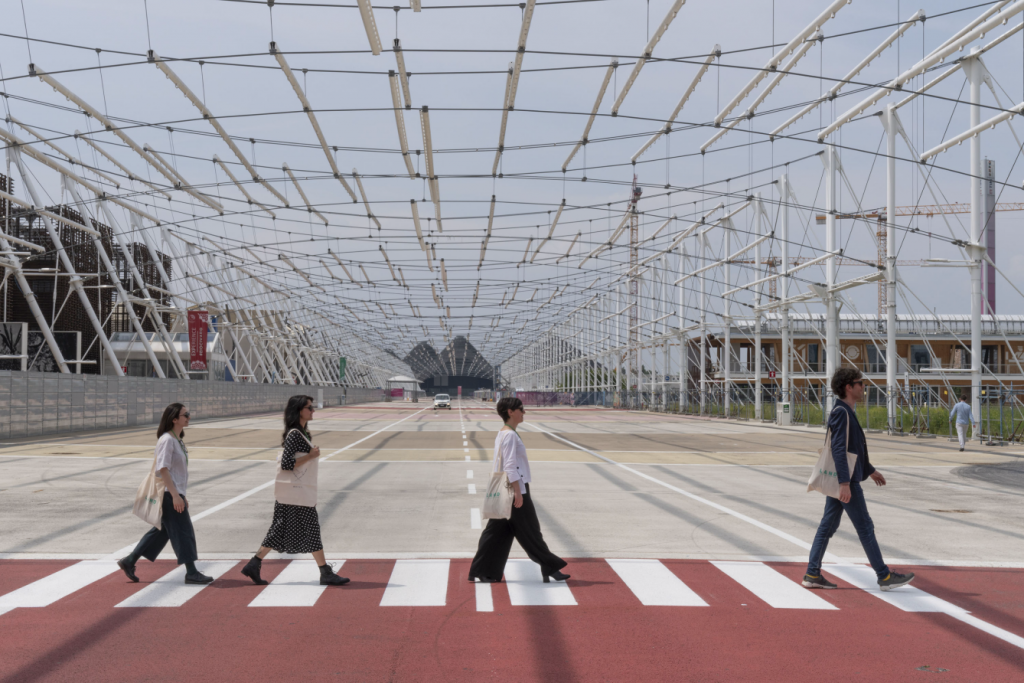
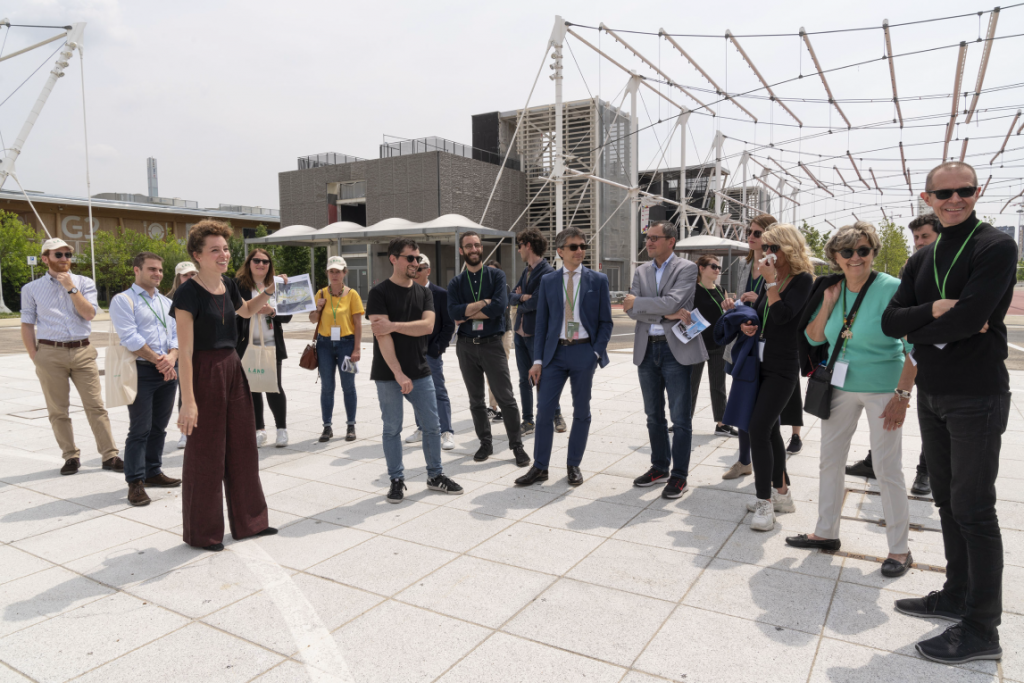
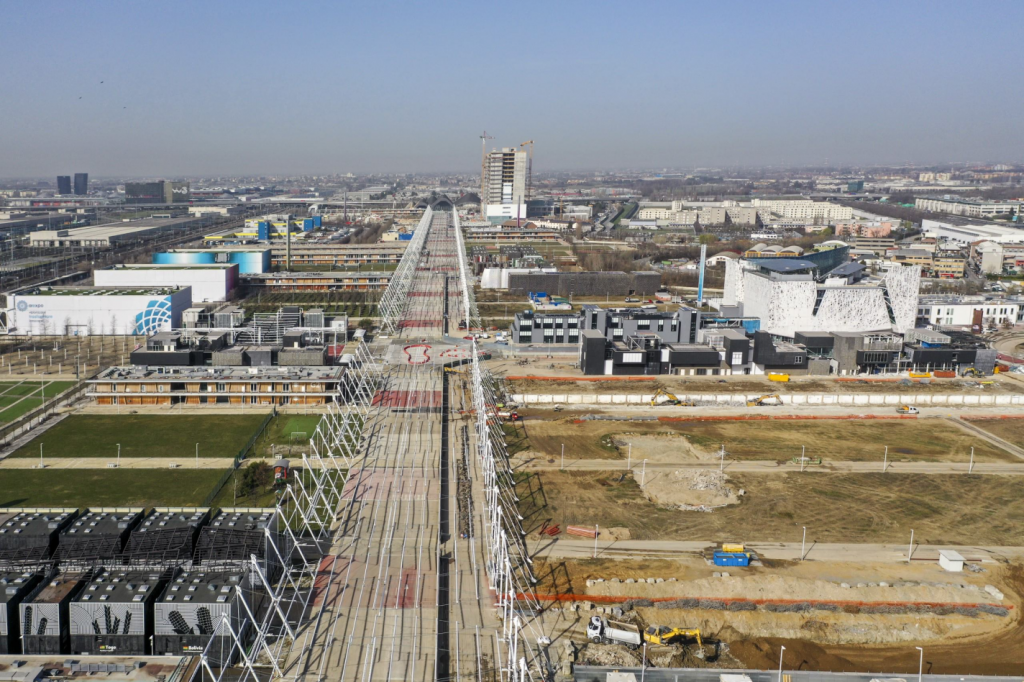
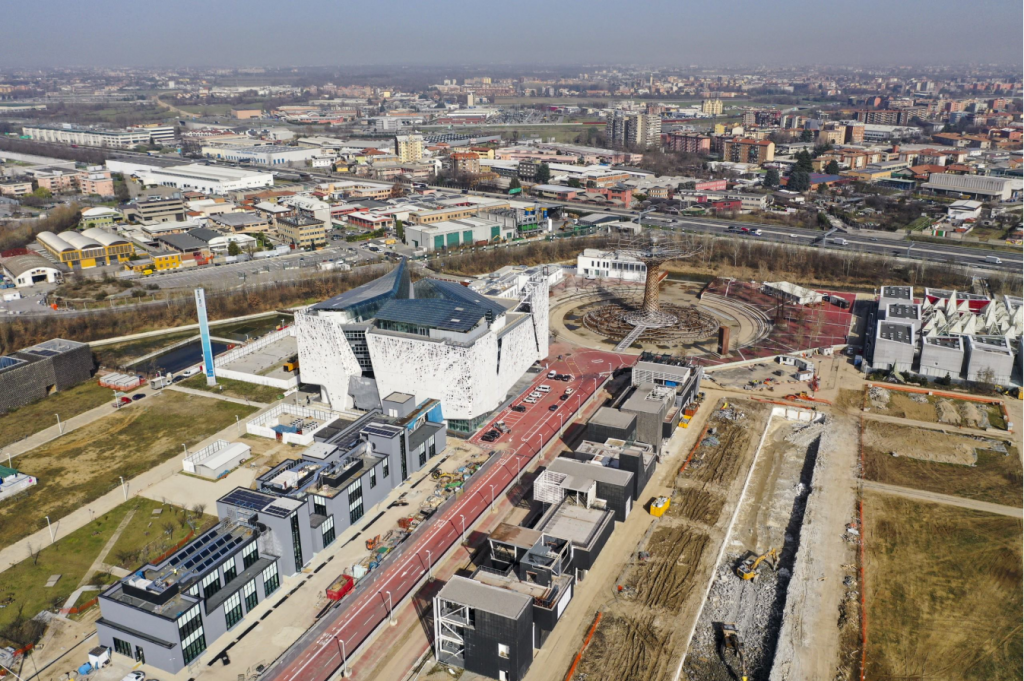
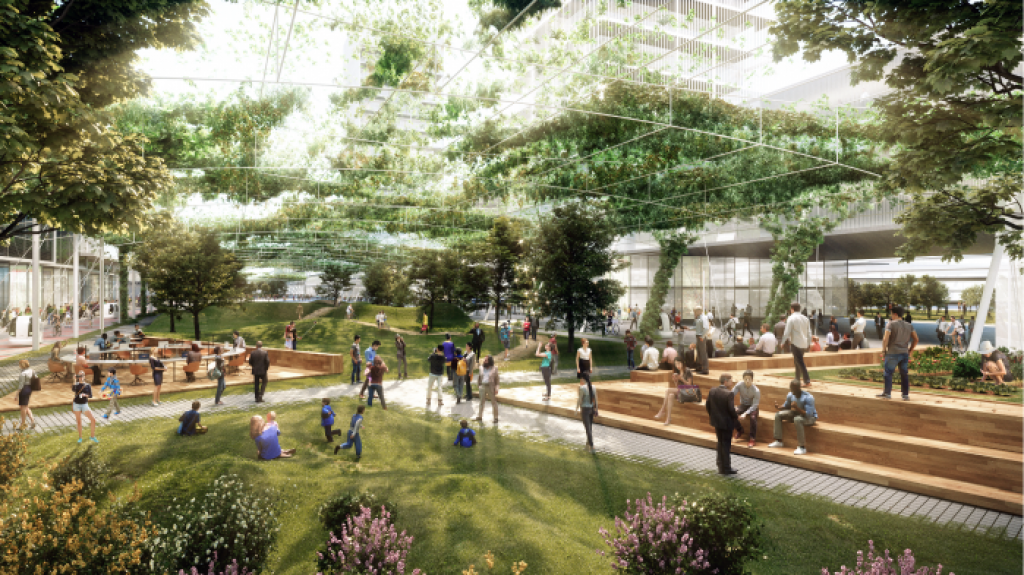
Privacy Overview
| Cookie | Duration | Description |
|---|---|---|
| cookielawinfo-checkbox-analytics | 11 months | This cookie is set by GDPR Cookie Consent plugin. The cookie is used to store the user consent for the cookies in the category "Analytics". |
| cookielawinfo-checkbox-necessary | 11 months | This cookie is set by GDPR Cookie Consent plugin. The cookies is used to store the user consent for the cookies in the category "Necessary". |
| CookieLawInfoConsent | 1 year | Used to save user's preferences about the cookies. |
| PHPSESSID | session | Preserves user session state across page requests. |
| viewed_cookie_policy | 11 months | The cookie is set by the GDPR Cookie Consent plugin and is used to store whether or not user has consented to the use of cookies. It does not store any personal data. |
| Cookie | Duration | Description |
|---|---|---|
| _ga | 2 years | This cookie is set by Google Analytics. It is used to identify unique users and it expires after 2 years. |
| _gat | 1 minute | This cookie is set by Google Analytics. It is used to by Google Analytics to throttle request rate. |
| _gid | 24 hours | This cookie is set by Google Analytics. It is used to identify unique users and it expires after 24 hours. |